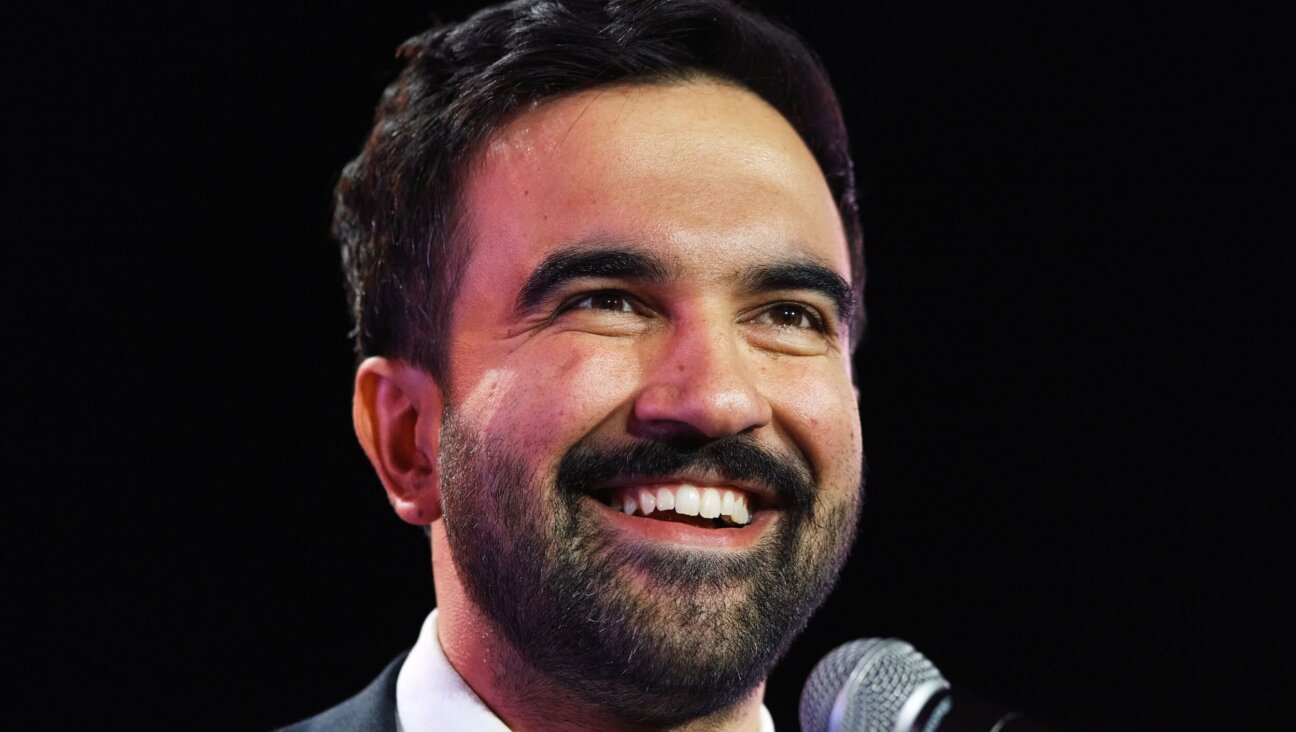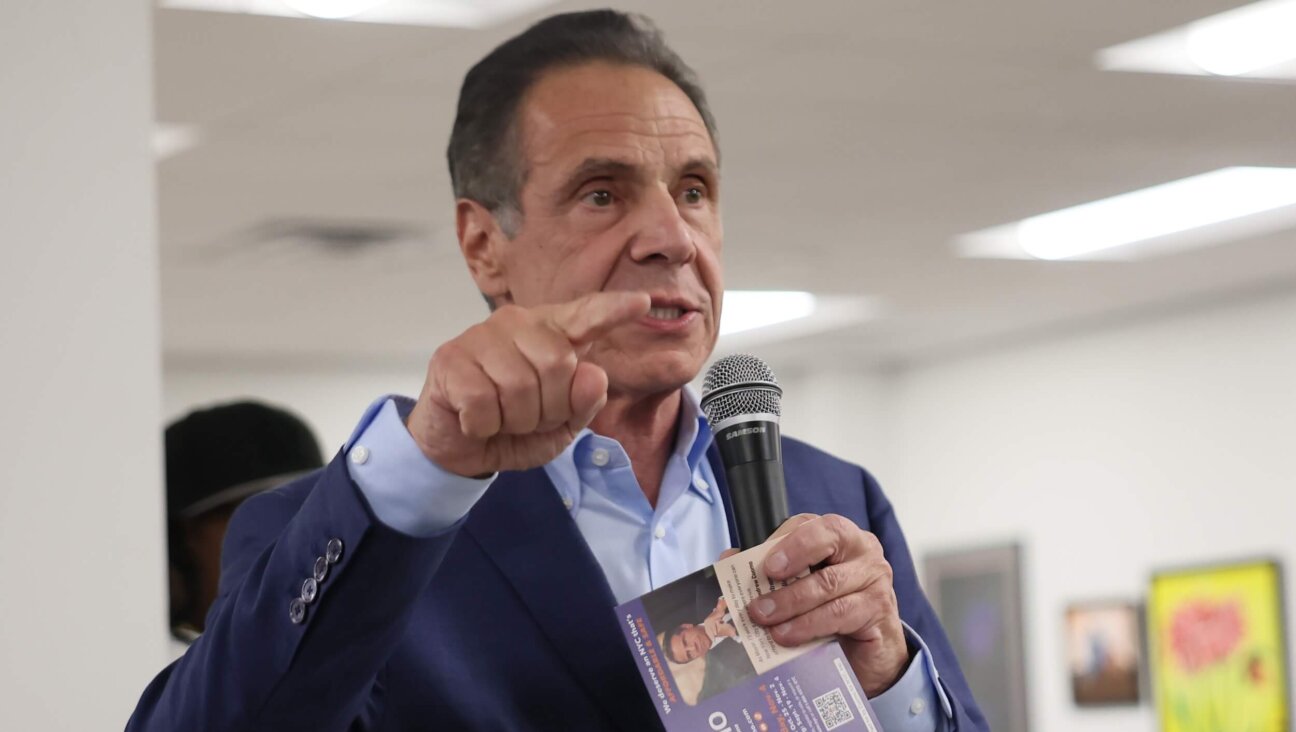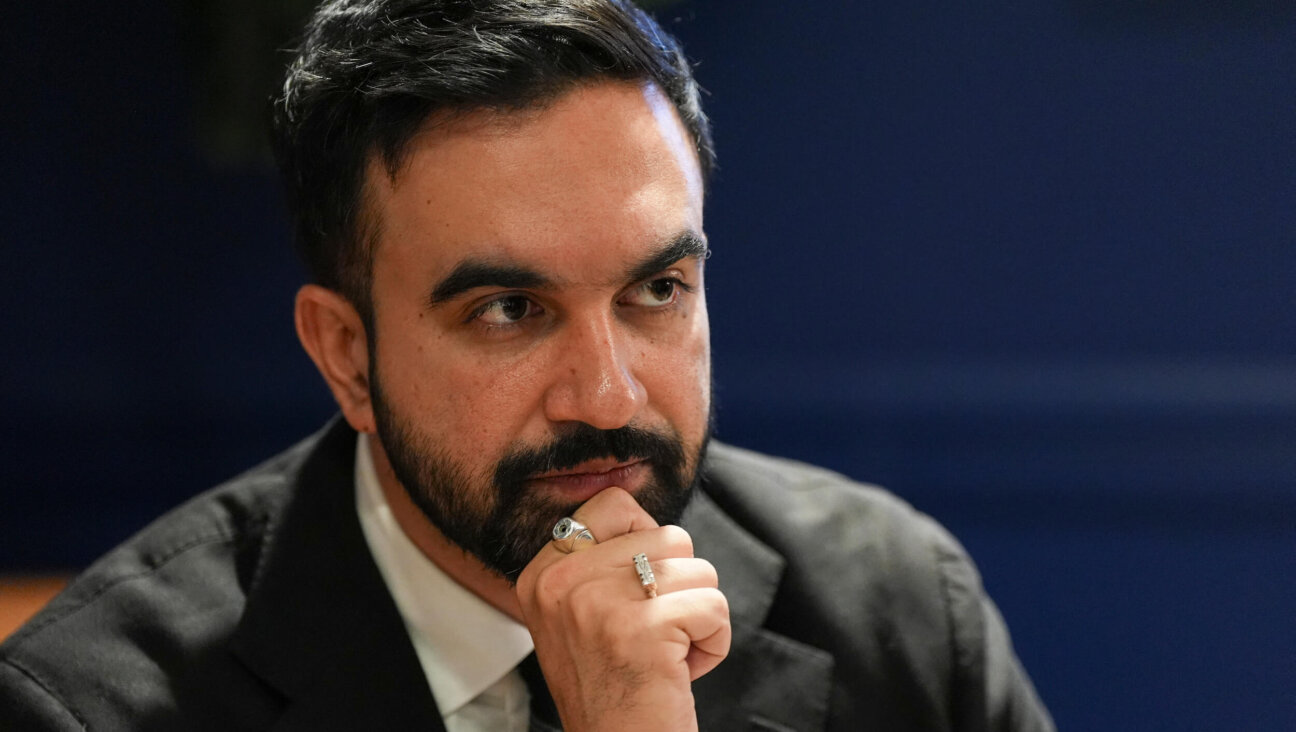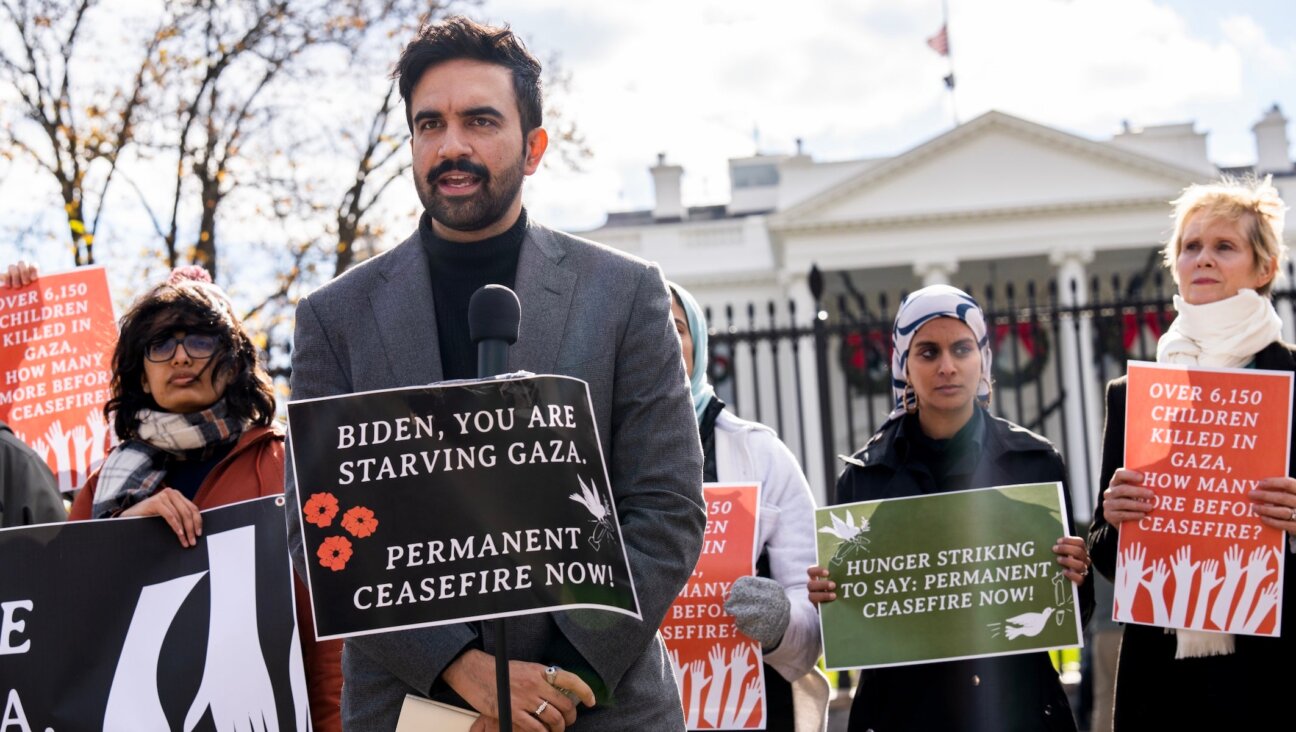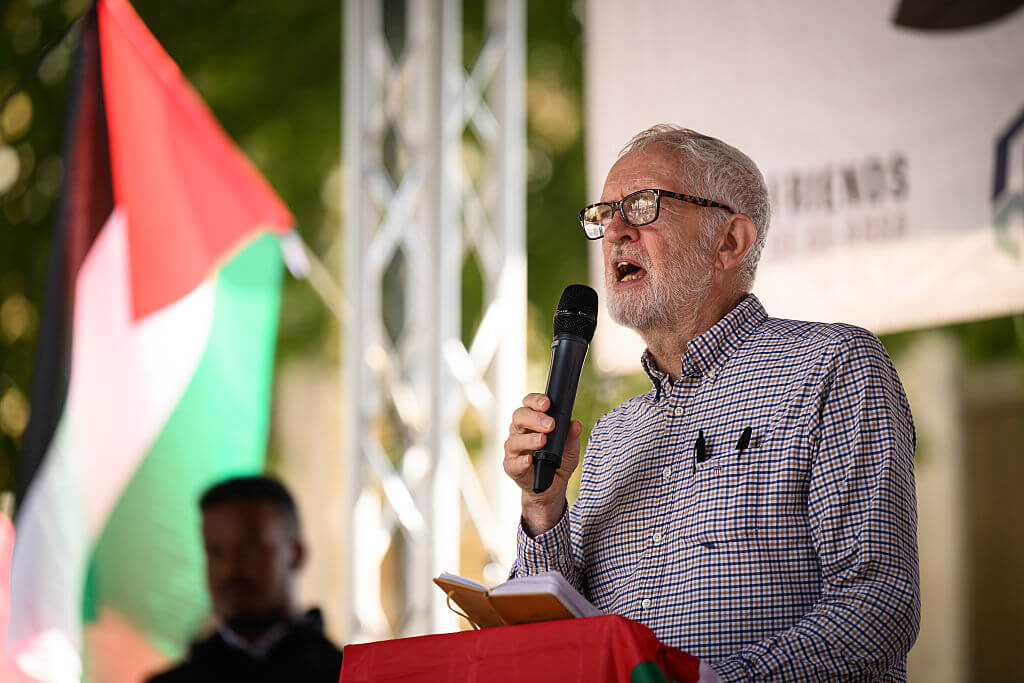Survey Finds Poverty Rate Among Jews Soars in N.Y.
The number of poor Jews in New York City has skyrocketed over the past decade, coinciding with significant shifts in the demographic makeup of the nation’s largest Jewish community, according to a major survey released Monday by UJA-Federation of New York.
The survey, the 2002 Jewish Community Study of New York, found that the proportion of Jewish households living at or near the poverty line has roughly doubled in New York City’s five boroughs and three nearby suburban counties — Nassau, Suffolk and Westchester — since the federation’s last major survey in 1991.
The growth in poverty appears to be due mainly to dramatic increases in the proportions of elderly, Russian-immigrant and Orthodox Jews, according to most experts interviewed. In New York City, 19% of Jews now live in Russian-speaking households; and among Russian-speaking households, fully 53% were found to be poor.
The study also found that the proportion of Orthodox Jews in the New York area has grown to 19%, up from 13% a decade ago. Within New York City, 25% of Jews are identified as Orthodox. The proportion of Jews identifying themselves as Conservative and Reform had declined sharply, while those calling themselves “just Jewish” or “secular” had more than doubled.
The study reports that fully 21% of Jewish households in New York City are poor, defined as earning less than 150% of the official federal poverty threshold. The figure in 1991 was 10%.
In the entire eight-county region, 15.9% of Jewish households were found to be poor, up from 8.6% in 1991. The survey found a total of 103,000 poor Jewish households in the region containing 244,000 people, including some non-Jews.
“Notwithstanding the wealth accumulation that captured the headlines in the ’90s, under the surface, the number of Jewish poor were growing because of the growing number of elderly, immigrants and large families,” UJA-Federation’s executive vice president and CEO, John Ruskay, told the Forward. “Obviously the present recession and the reduction of government benefits exacerbates these problems.”
Overall, the area’s Jewish population has held relatively steady at 1.4 million since 1991, according to the study, which examined a broad range of demographic, religious and other questions. The study did not include the large Jewish populations of northeastern New Jersey or southern Connecticut, which would bring the total number of Jews in the New York metropolitan area to nearly 2 million.
Jewish poverty is concentrated mainly within the five boroughs of New York City, which contain 93% of the region’s poor Jewish households. Some 20% of people living in Jewish households in New York City have incomes below 150% of federal poverty guidelines. In comparison, 34% of all New York City residents have incomes below 150% of the federal poverty guidelines, according to Mark Levitan, a senior policy analyst at the Community Service Society of New York, which monitors poverty.
While 32% of Jewish households boast annual incomes of more than $100,000, the survey disclosed that another 31% earn less than $35,000 a year. Some 32% of respondents said that financially they were “just managing,” and 4% said they “cannot make ends meet.”
Although direct comparisons with Jews nationwide were not immediately available, the study appeared to depict a New York Jewish community that differs markedly from the rest of the nation in several key respects, including far higher proportions of Orthodox and Russian-speaking Jews as well as far greater poverty. “There are more lower-income Jewish households here than we typically encounter” in other cities, said Jacob Ukeles, the study’s principal investigator.
Observers agree that the influx of Russian immigrants during the 1990s contributed greatly to the growth of the Jewish poverty rate. Of the 103,000 poor Jewish households in the eight counties covered by the study, roughly half, or 50,000, are households with Russian-speaking respondents. Overall, 53% of households with Russian-speaking respondents are poor, including 91% of households with Russian-speaking respondents over age 65.
Observers say that the burgeoning population of Jewish elderly has also contributed to the growth in poverty. According to the study, the numbers of Jews older than 75 grew from 5% of the Jewish community in 1991 to 11% in 2002. Roughly one-fifth of the poor Jewish households identified by the survey, some 20,000 in all, are households in which the respondent was a non-Russian speaker over age 65. Overall, 13% of households where respondents are non-Russian speakers over 65 are poor.
The executive director of New York’s Metropolitan Council on Jewish Poverty, William Rapfogel, said that Russian men between the ages of 55 and 65 have particular difficulty after immigrating to the United States, because they cannot find jobs here commensurate to their experience and are not yet eligible for most government benefits. He added that many elderly immigrants come to the United States with no money and live off of SSI, or Supplemental Security Income.
Rapfogel, who was on the study’s planning committee, also said that New York has “a seriously aging population of more frail elderly people,” many of whom he noted do not have relatives to help care for them. He cited the survey’s finding that 44% of Jews aged 75 or older who live alone do not even have an adult child living in the area. Without a primary caregiver, Rapfogel said, an elderly person can “in effect become almost a ward of the state or the Jewish community.”
Egon Mayer, chairman of the Brooklyn College sociology department and a member of the survey’s technical advisory group, pointed to the increase in the number of Orthodox Jews as a significant factor in the growth of Jewish poverty. “The Orthodox community, particularly the chasidic community, has a very serious poverty problem because such a large percentage of people don’t get the kind of educational training to prepare them for high-earning jobs,” Mayer said. “And they have very high birthrates.”
Observers agree that the demographic shifts and concurrent increase in Jewish poverty pose challenges to New York’s Jewish organizational leadership. But Rapfogel said that he believed the survey would serve as a “wake-up call to many people who have really not seen the funding priority of assisting the Jewish communal poor to be way up there with many of the other priorities that the Jewish community has typically had.”


